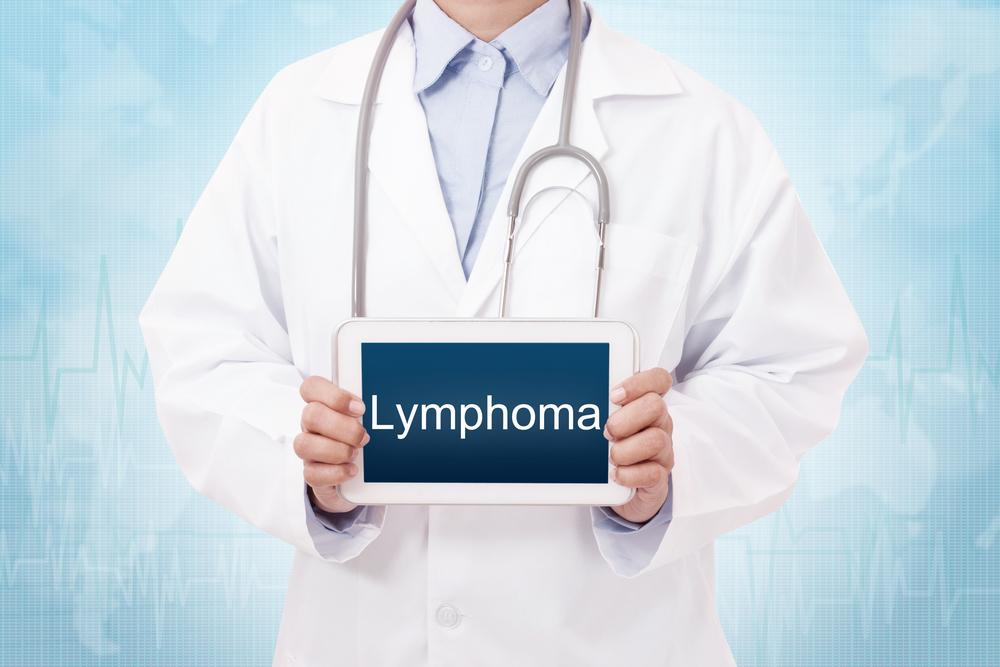non-Hodgkin’s lymphoma, NHL
Non-Hodgkin's lymphoma (NHL) accounts for about 80% to 90% of all lymphomas, of which two-thirds are primary in the lymph nodes, and one-third are primary in organs or tissues outside the lymph nodes, such as Digestive and respiratory tract, lungs, skin, salivary glands, thyroid and central nervous system, etc.
non-Hodgkin’s lymphoma, NHL(1)
Non-Hodgkin's lymphoma (NHL) accounts for about 80% to 90% of all lymphomas, of which two-thirds are primary in the lymph nodes, and one-third are primary in organs or tissues outside the lymph nodes, such as Digestive and respiratory tract, lungs, skin, salivary glands, thyroid and central nervous system, etc.
The diagnosis of NHL relies on biopsy of diseased lymph nodes or related tissues. Pathological diagnosis should include at least two parts, namely histological typing and tumor cell immunophenotype. If necessary, immunoglobulin and T cell receptor gene rearrangement analysis and cytogenetic testing are required. The following introduces several representative NHL subtypes.
(1) Precursor B cell and T cell tumors
Precursor B cell and T cell tumors are highly aggressive tumors derived from immature lymphocytes-precursor B cells or precursor T cells. Depending on the stage of tumor progression, it can be clinically and histopathologically manifested as lymphoblastic lymphoma (LBL), acute lymphoblastic leukemia (ALL), or the coexistence of lymphoma and leukemia. Since ALL and LBL belong to the same subtype, the histological changes cannot be distinguished. The naming can be based on clinical manifestations. If the lesion is limited to a mass with no or minimal bone marrow and peripheral blood involvement, it is named LBL; if there is extensive bone marrow and Peripheral blood involvement is diagnosed as ALL.
Pathological changes
ALL/LBL is characterized by diffuse proliferation of tumor lymphoblasts in the bone marrow, replacing the original bone marrow tissue, and can infiltrate various organs and tissues throughout the body, especially lymph nodes, liver and spleen, etc., and often cause systemic lymphadenopathy. Under the microscope, the structure of the lymph nodes was damaged to varying degrees, a large number of blasts were diffusely infiltrated, and the envelope and extranodal fat tissue of the lymph nodes could be involved. When the spleen is infiltrated, the spleen is moderately enlarged, and the blast in the red pulp can be seen under the microscope, and the white pulp can be compressed. When the liver infiltrated, the liver was moderately enlarged. Under the microscope, it was seen that the mother cells were mainly infiltrated in the portal area and the surrounding hepatic sinusoids. ALL/LBL can also infiltrate the brain, spinal cord, peripheral nerves, myocardium, kidneys, adrenal glands, thyroid, testes, skin, etc., and even various organs and tissues throughout the body. Pre-T-cell LBL/ALL often has characteristic mediastinal masses.
Immunophenotype and cytogenetics
Immunophenotype: About 95% of the mother cells of ALL/LBL cases express the marker of primitive lymphocytes—terminal deoxynucleotidyl transferase (TdT). A considerable number of tumor cells express CD10 antigen and B And T lymphocyte differentiation antigen. Cytogenetic testing showed that more than 90% of ALL tumor cells had abnormal chromosome number or structure, but no characteristic cytogenetic changes were found.



